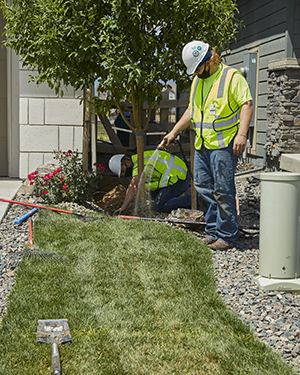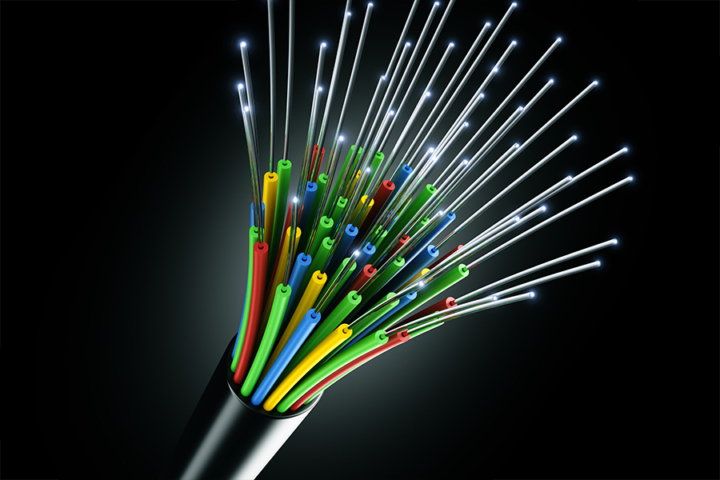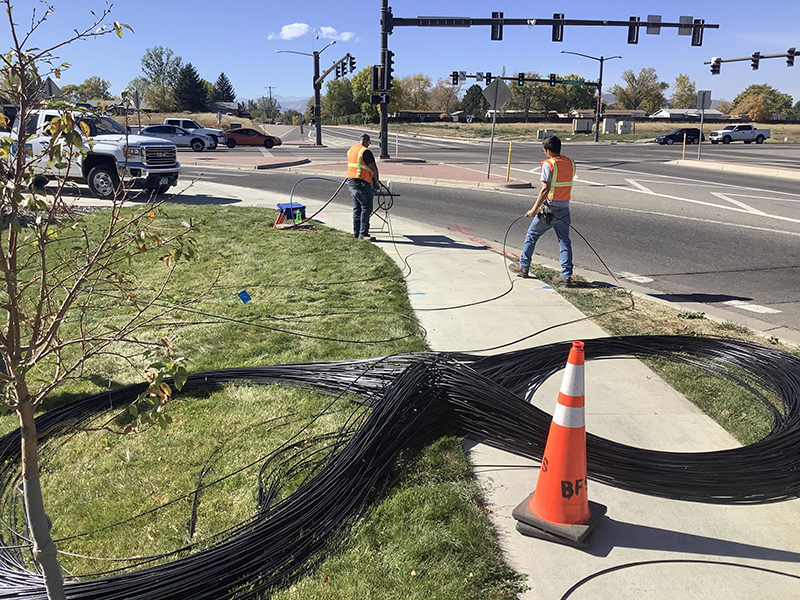7 Myths about Fiber Internet
Did you know that fiber-optic technology has been around for many decades? The idea for fiber-optic internet dates back all the way to the mid-1800s when pioneers of science like Alexander Graham Bell and William Wheeler began thinking of how light could possibly be used to transmit information. However, it wasn’t until 1975 that the United States government started using fiber-optic cables to link computers together at the NORAD headquarters located in Colorado. Because fiber optics are often seen as new technology, there are many misconceptions and myths that surround it.
Let’s get into debunking some common myths surrounding fiber-optic internet!
1. Fiber-optic networks are super complicated to install.

2. Fiber is way too expensive for the average home user.
Since fiber is new and high-quality, it’s easy to assume that it is way too expensive for the average consumer. But here in Loveland and surrounding areas, Pulse was designed specifically to connect the community to an affordable and high-quality network. There are a variety of plans that fit within every budget. With connectivity starting at $44.95 per month, there is a speed and price point for every home and business. Check out our internet packages at PulseFiber.org/Internet
3. Fiber isn’t safe to use.
Contrary to this myth, fiber-optic cables, which use light rather than electricity for data transfer, generate less heat. The absence of heat production makes them less prone to catching fire compared to traditional metal wires.
4. Fiber isn’t faster than copper cables.
Not true. On average, a standard copper internet connection can offer about 300 Mbps download speed with a maximum speed of 6 Gbps if you’re willing to pay the expensive price. On the other hand, Pulse can connect you from 100 Mbps to 10 gigs. Fiber-optic internet also offers symmetrical speeds- meaning the upload speed and download speeds are the same.
5. Residents in the City of Loveland pay for or subsidize Pulse with their taxes.
Pulse is an enterprise utility, which means it is paid for by the money earned from the services it provides. It does not receive General Fund taxes from the City of Loveland to operate. Being an enterprise utility, it is a service specifically crafted for business or organizational purposes, offering essential functions or services. Learn more at PulseFiber.org/About-Loveland-Pulse.
6. Fiber-optic cables lack durability.
Due to their composition of glass, one might assume that fiber-optic cables are less durable than their copper counterparts. However, fiber-optic cables exhibit over 8 times the pulling tension strength compared to traditional copper wires. Coupled with their capability to withstand temperature variations and extreme weather conditions, fiber-optic cables prove to be highly durable.
7. Fiber-optic cables lack flexibility and cannot be easily bent.
One might mistakenly think that fiber lines, being made of glass, would shatter when bent. However, the reality is that the construction of fiber wires allows them to bend without the risk of breaking. Additionally, multiple protective layers contribute to the durability of fiber cables, safeguarding them against breakage.
We hope you’ve learned some interesting facts about fiber-optic internet! Explore more throughout our site at PulseFiber.org.



